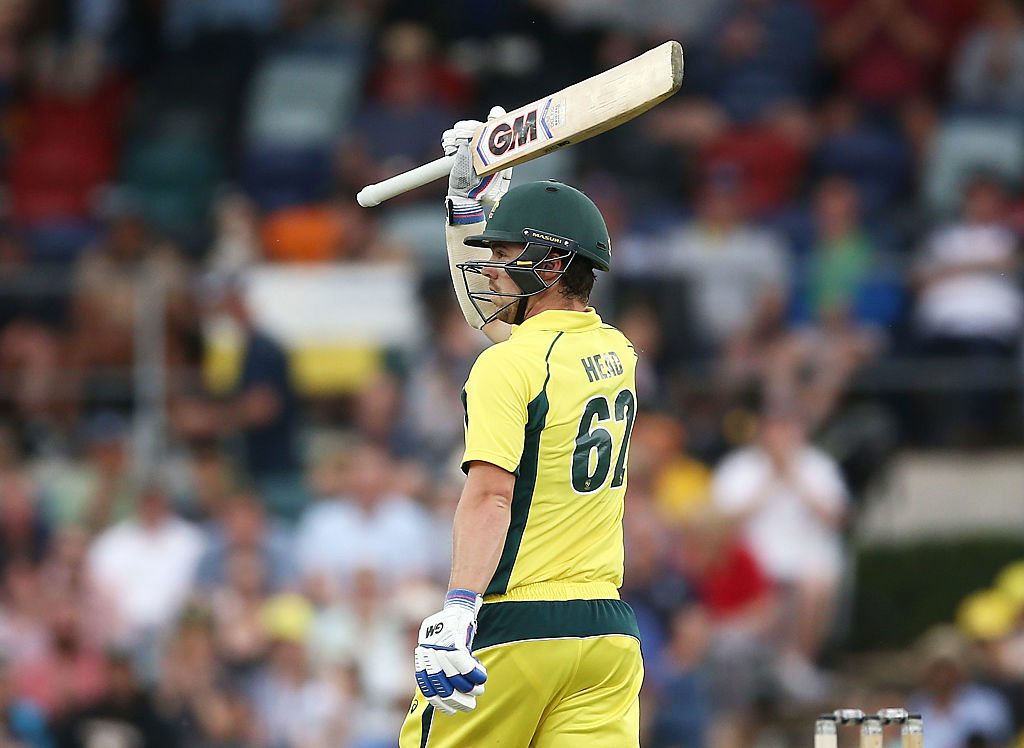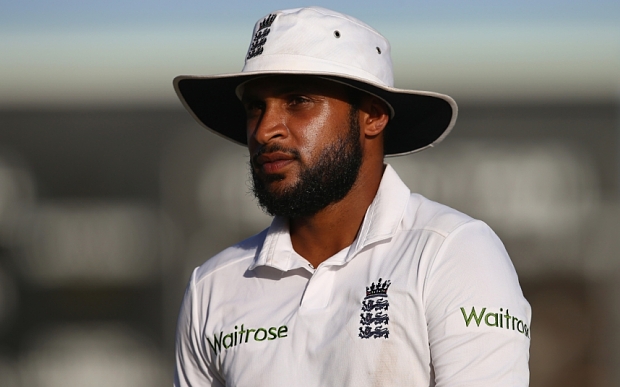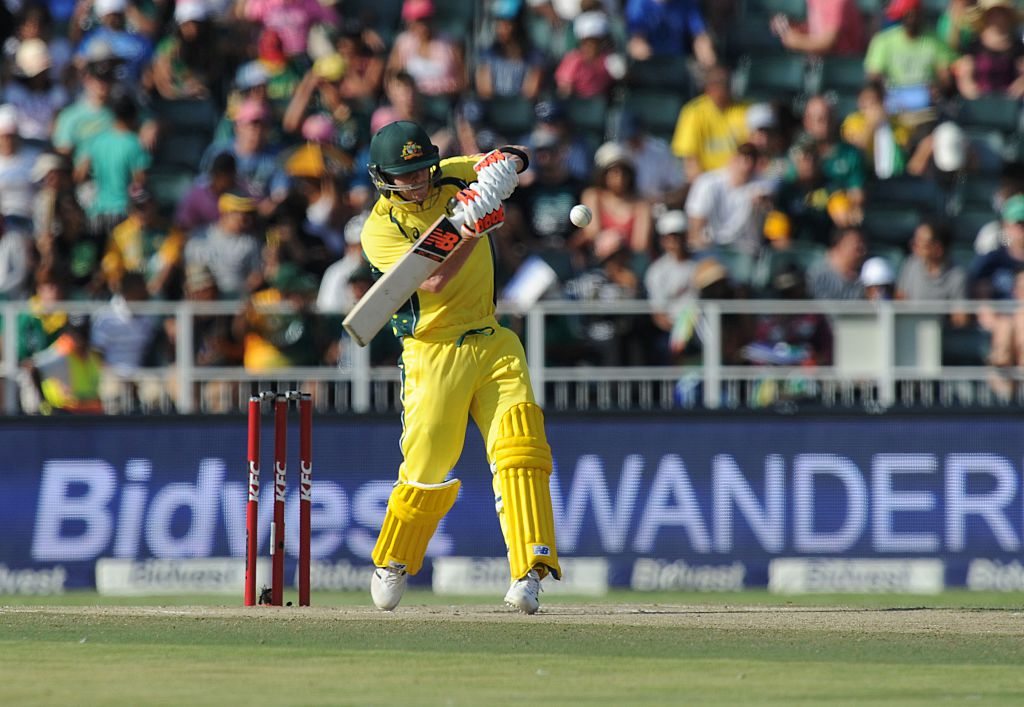Australia has pumped the recently crowned T20 world champions England 3-0 after a dominant display with bat and ball.
Here is the series wrap.
Results
Game 1 – Australia won by 6 wickets
England – 287/9
Australia – 291/4
Player of the Match – Dawid Malan, 0/12 (1.5 overs) & 134 (128 balls).
Game 2 – Australia won by 72 runs
Australia – 280/8
England – 208/10
Player of the Match – Mitchell Starc, 0 (1 ball) & 4/47 (8 overs).
Game 3 – Australia won by 221 runs
Australia – 355/5
England – 142/10
Player of the Match – Travis Head, 152 (130).
Player of the Series – David Warner, one century, 208 runs in total.
Three things we learnt
- David Warner and Travis Head's partnership works
Warner attributed much of the success due to the similarities between himself and Travis Head.
“I think we both play quite similar, we take the game on,” Warner said post game one.
Game 1 and 3 saw the obvious successes in their blossoming opening partnership. Game 1 saw an 147-run stand between the two, Warner scoring 86 from 84 and Head scoring 69 from 57.
Game 3 saw an MCG ODI record opening stand from the pair, scoring 269 as a duo. 152 from 130 from Head and 106 from 102 from Warner sent England to their worst-ever ODI defeat.
The aggression was palpable from the duo, pummelling 57 total boundaries in the series. Head, often batting at five in the test team looks to have solved the tricky puzzle of a good opener.
Australia has often chopped and changed openers around Warner, therefore this positive start to their combination will tick some boxes for the team going forward.

2. England bowlers too 'samey'
One of the burning questions leading into the series was, 'will the England bowlers perform?'
That question was answered resoundingly no. A comparison between spinners Adil Rashid and Liam Dawson provides some insight into this 'samey' bowling.
Rashid only appeared in the second game taking 3/57, dismissing Steve Smith, Marnus Labuschagne and Alex Carey and did so bowling aggressively and with variety. Whereas, Liam Dawson would often bowl the same ball over and over with the same trajectory. This possibly was for damage limitation and for economical figures.
There is a time and place for that, but with bowling figures of 2/188 of his 30 overs for the series, it outlines why England were unsuccessful. A lack of variety and aggression can make someone predictable, meaning batters can keep the scoreboard constantly ticking.

3. Steve Smith a changed batter
Steve Smith spoke of his changes in technique at the crease.
“I've been working on a few things, it's almost been a six-month or 12-month process,” Smith said.
“I feel like I'm staying a bit more side-on now and I've got my feet and hands in sync together.”
Smith made adjustments to his overall batting technique, noticeably with his footwork. His significant back and across stride once a feature of his batting is no longer the forefront of his technique.
Less foot movement and his coordination between his feet and hands resulted in a great display, scoring 80 off 78, 94 off 114 and 21 off 16. Smith strived at the crease when he had more time out in the middle, his 21 coming off the back of a mammoth opening partnership.

Moving forward, Australia has a two-match Test series against the West Indies starting on November 30.
For England, they start preparing for a three-match Test series against Pakistan starting on December 1.







